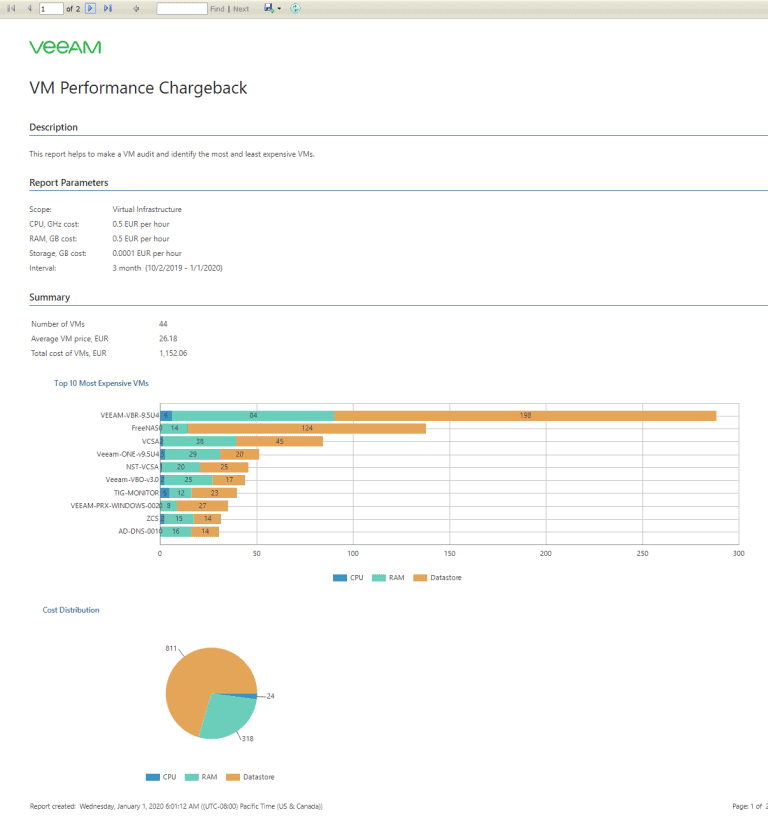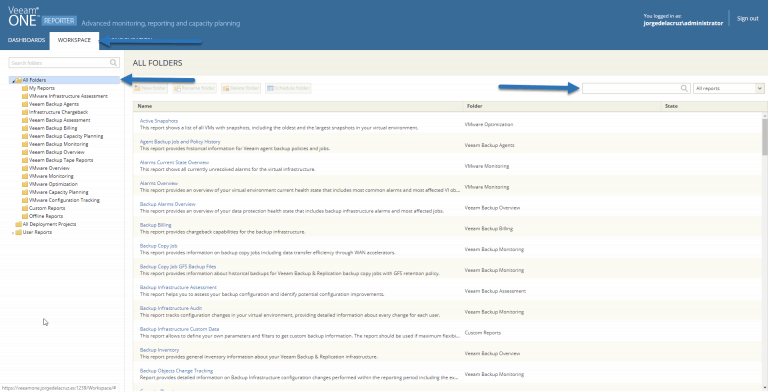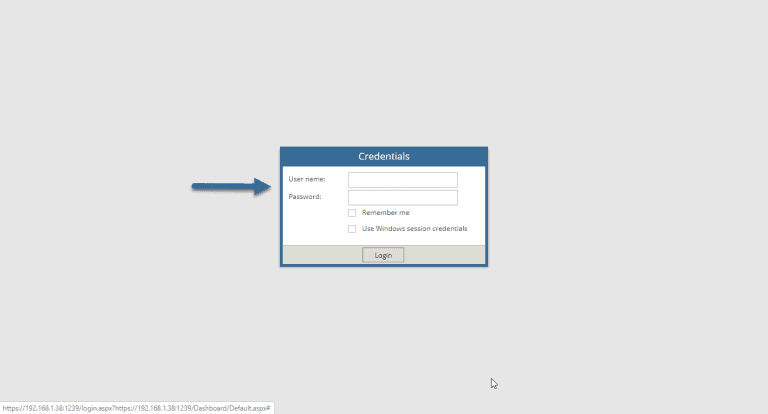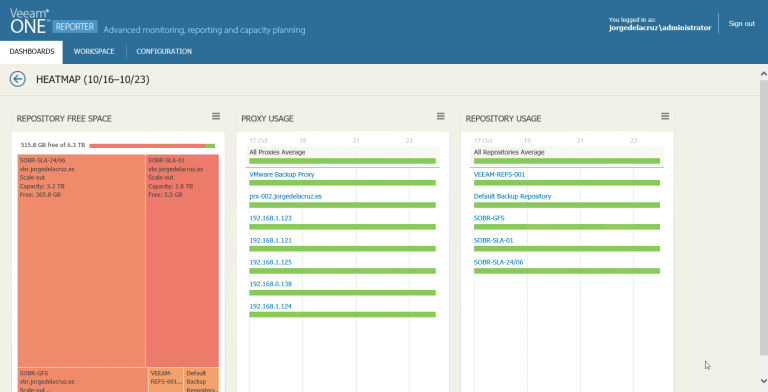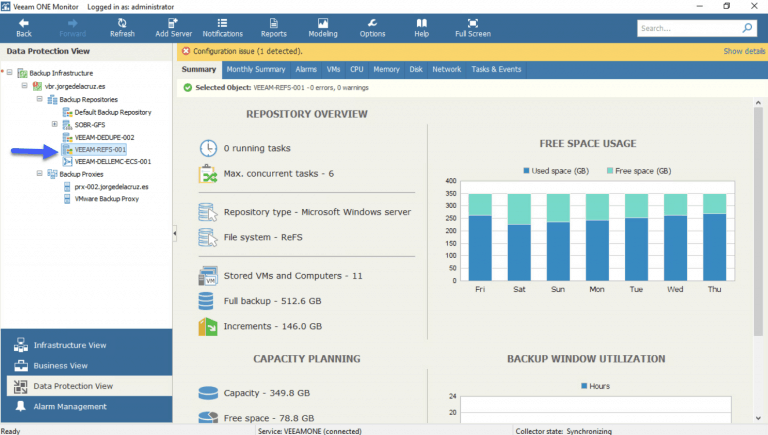Greetings friends, we arrive at the last entry about In Search of the perfect Dashboard using Veeam ONE, we have seen in-depth many features that surely you had overlooked, or even maybe you didn't know if so I feel happy to have written it. Today we are going to see how to use the Chargeback reports in Veeam ONE. When we talk about Chargeback,
veeam monitorización
Looking for the Perfect Dashboard: Veeam ONE – Part VIII – In-depth look at Reports in Veeam ONE Reporter
Greetings friends, during the past entries of this series, we have seen Veeam ONE in-depth, and many of its components and features, today we will see one that is especially important to have everything under control and be able to create weekly utility reports, or automated for the departments that need it most. Veeam ONE Reporter - Detailed
Looking for the Perfect Dashboard: Veeam ONE – Part VII – Dashboards at a Glance in the Veeam ONE Reporter
Greetings friends, today we are going to see in detail, how the Backup Infrastructure Administrators do not get their fingers caught in the resources, and how to create reports that help them understand which environment is busiest. Veeam ONE Reporter - Dashboards give you a deep insight into your environment You know that I have a certain
Looking for the Perfect Dashboard: Veeam ONE – Part VI – Troubleshooting Veeam Backup and Replication using Veeam ONE Monitor
Greetings friends, today we are going to see in detail, how the Backup Infrastructure Administrators do not get their fingers caught in the resources, and how to create reports that help them understand which environment is busiest. Veeam ONE Heatmap - A quick look at how busy our environment is One of the best bird's eye views we have is the one
Looking for the Perfect Dashboard: Veeam ONE – Part V – Troubleshooting vSphere using Veeam ONE Monitor
Greetings friends, we have seen in previous posts the installation of VeeamONE, the basic configuration of a VMware and Veeam environment. Today we are going to go a step further and see the daily use that can be given to VeeamONE. Troubleshooting of environment alarms We are going to use Veeam ONE Monitor Client for all this lab, the first thing

